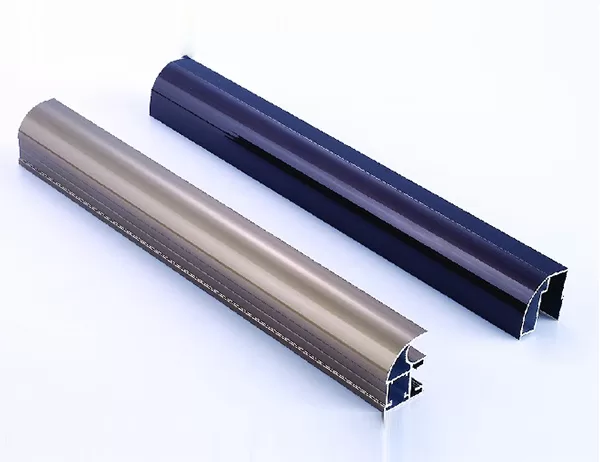The aluminium track profile industry is undergoing a period of rapid transformation, driven by the increasing demand for lightweight and durable materials in a wide range of industries, including construction, transportation, and manufacturing. As a result, several emerging trends and technologies are shaping the future of this sector. This article explores the key trends and technologies that are poised to revolutionize the production and application of aluminium track profiles.
Advanced Manufacturing Techniques
Advanced manufacturing techniques, such as laser cutting and 3D printing, are revolutionizing the production of aluminium track profiles. Laser cutting provides precision and flexibility, allowing for the creation of complex shapes and geometries. 3D printing enables the production of customized and intricate profiles with improved strength and durability. These techniques are also reducing waste and improving production efficiency.
Sustainable Materials and Processes
Sustainability has become a critical consideration in the aluminium industry. The use of recycled aluminium and eco-friendly production processes is gaining momentum. By incorporating recycled content into track profiles, manufacturers can reduce their environmental footprint and promote circular economy principles. Additionally, advancements in anodizing and surface treatments are enhancing the durability and corrosion resistance of aluminium profiles, reducing maintenance requirements and extending their lifespan.
Smart and Automated Systems
The integration of smart technologies and automation is transforming the production and application of aluminium track profiles. Sensors and IoT devices enable real-time monitoring of production processes, optimizing efficiency and reducing downtime. Automated handling systems improve safety and productivity, reducing the need for manual labor. Artificial intelligence (AI) is also playing a significant role in design optimization, predicting performance, and identifying potential defects.
Customization and Value-Added Services
Customization is increasingly important in meeting the specific requirements of various industries. Manufacturers are offering a wide range of custom profiles, tailored to the needs of their customers. Value-added services, such as precision fabrication, assembly, and surface finishing, are also becoming more prevalent. By providing comprehensive solutions, manufacturers can cater to the growing demand for tailored products and services.
Architectural Applications
Aluminium track profiles are widely used in architectural applications, such as curtain walls, facades, and roofing systems. The development of new alloys and innovative design solutions is expanding the potential uses of aluminium profiles in this sector. For instance, thermally broken profiles improve energy efficiency, while extruded profiles with integrated lighting provide aesthetic and functional benefits.
Transportation Industry
Aluminium track profiles play a crucial role in the transportation industry, particularly in the construction of lightweight vehicles. Automotive and aerospace applications demand high-strength, lightweight, and durable profiles that meet stringent safety standards. Advanced manufacturing techniques and material innovations are enabling the production of profiles that meet these demanding requirements, reducing weight and improving fuel efficiency.
Conclusion
The future of aluminium track profiles is bright, driven by the emergence of innovative trends and technologies. From advanced manufacturing techniques to sustainable materials and smart systems, the industry is continuously evolving to meet the changing needs of the market. By embracing these advancements, manufacturers can enhance the performance, durability, and environmental friendliness of aluminium track profiles, unlocking new opportunities and shaping the future of this sector.




